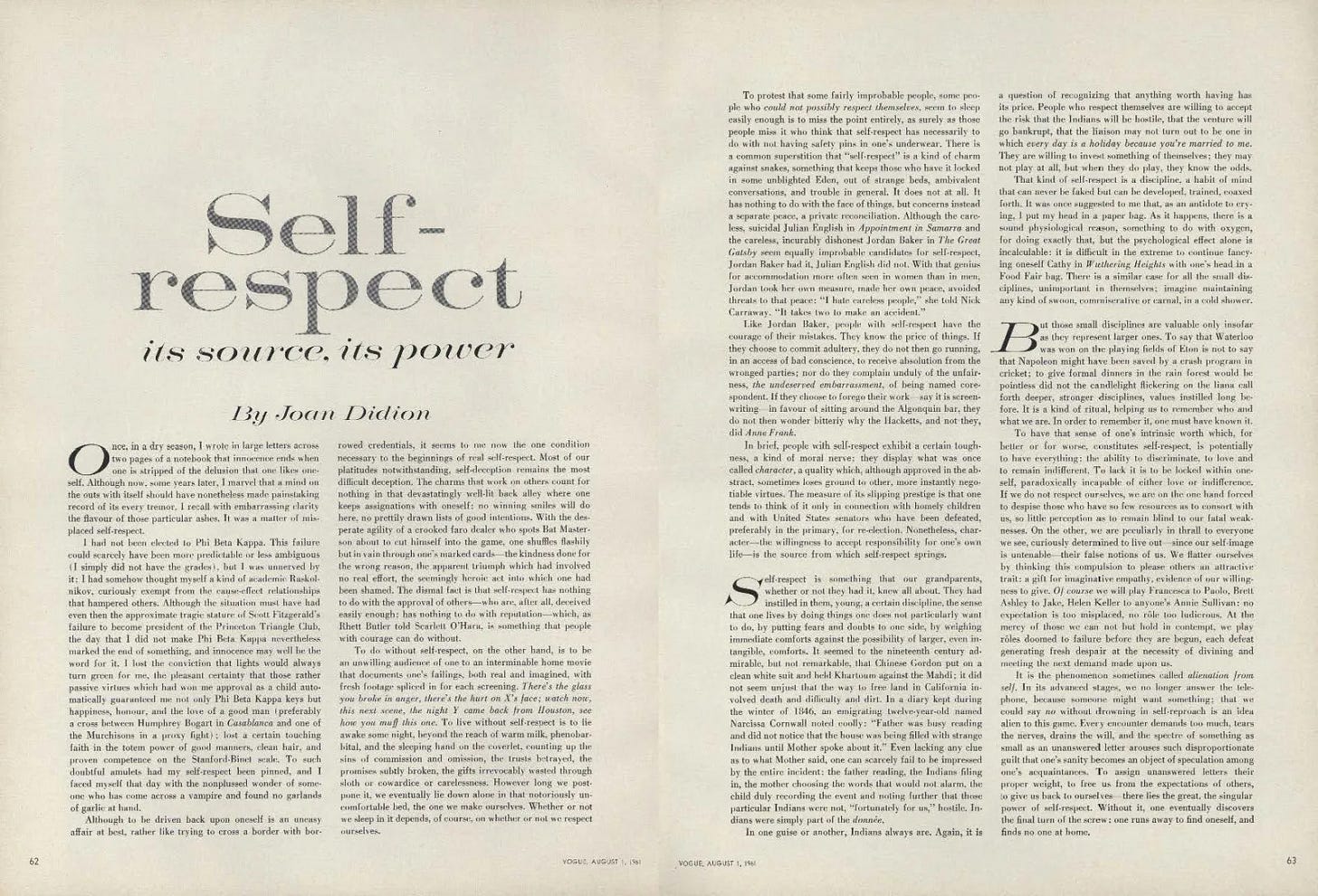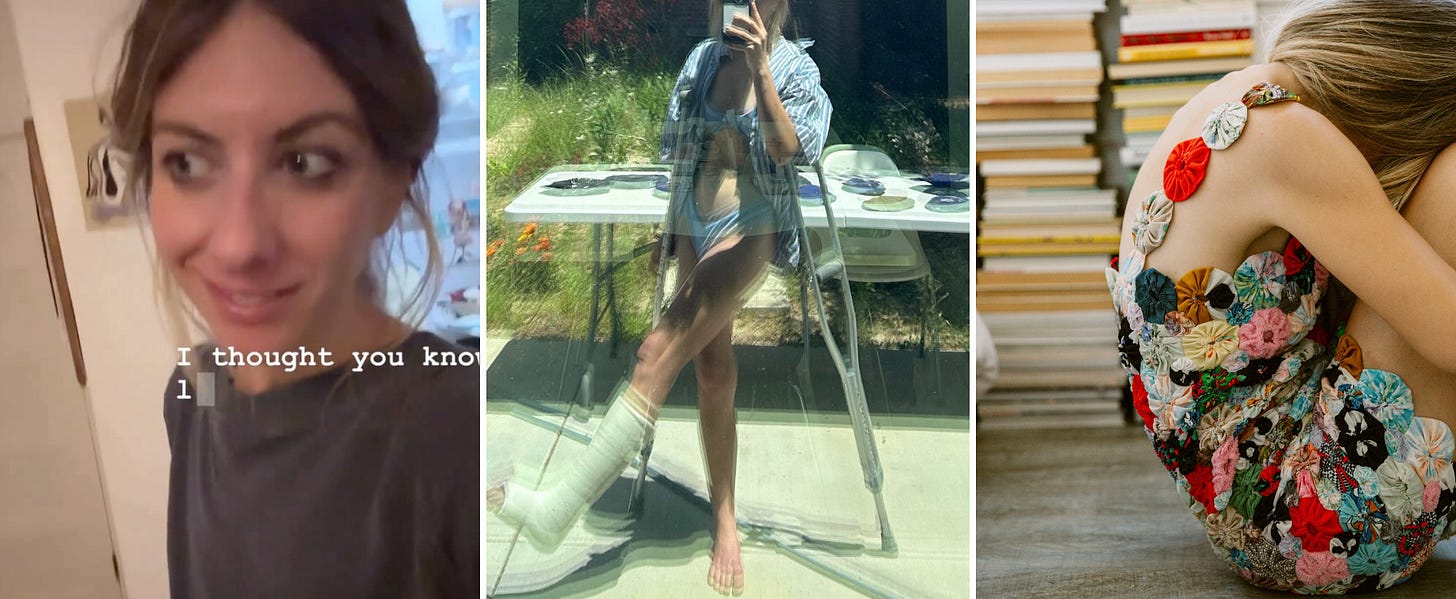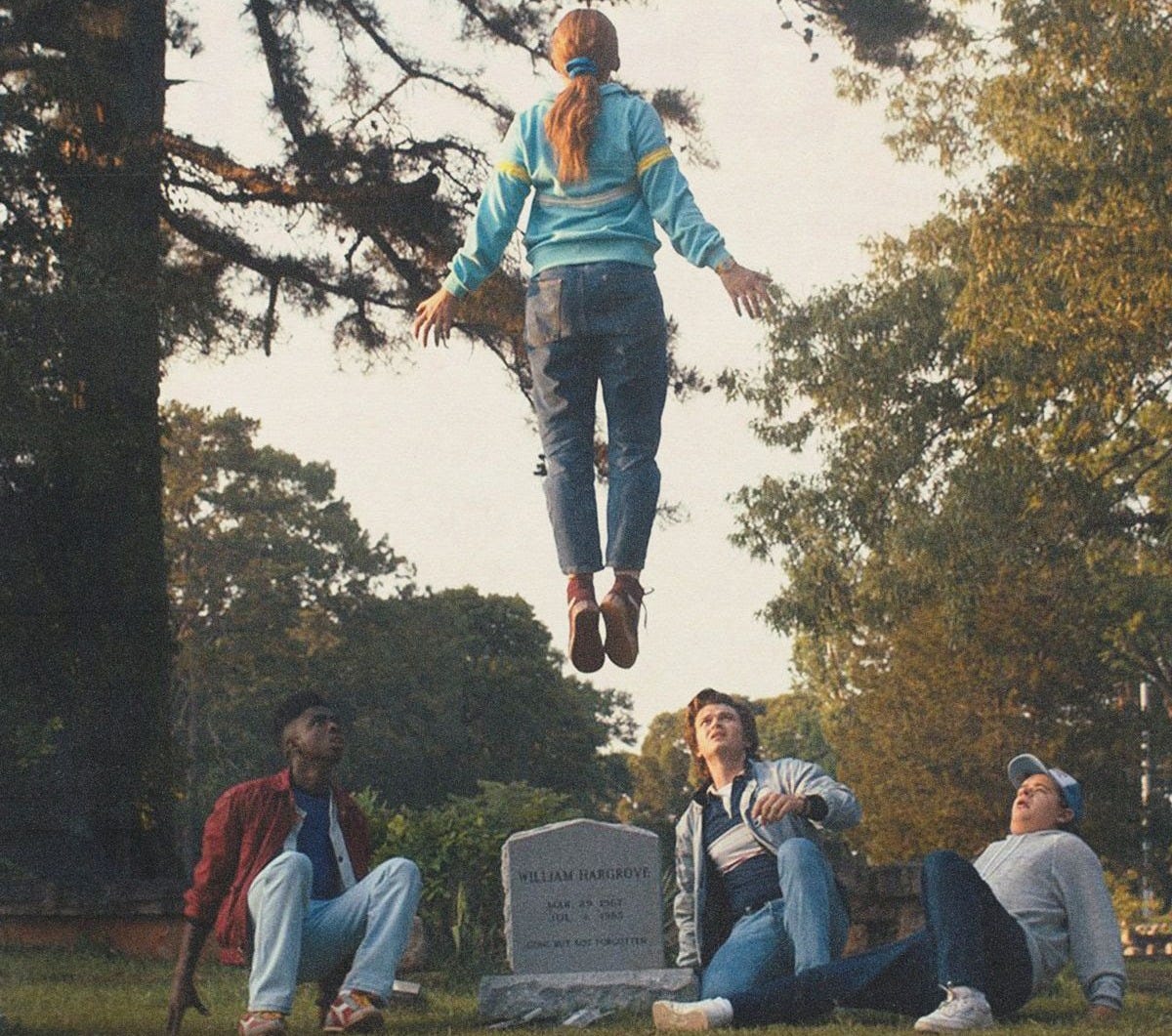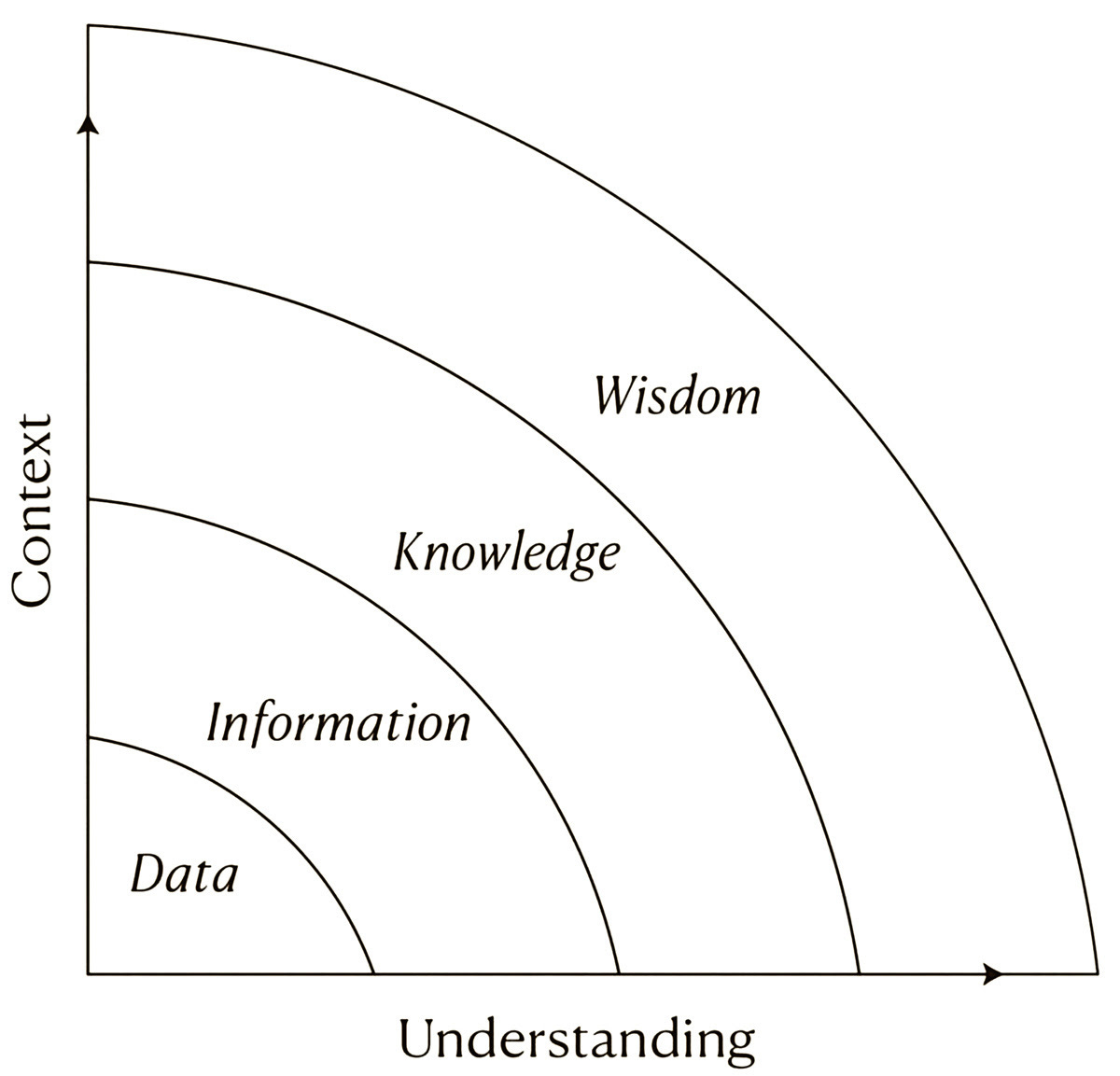the come up is quiet
on discipline and the space between “no longer and not yet”
Sophie said something in 2020 that stuck.
She’d been offering me sage advice daily as I tried to claw my way out of an emotional trap I’d fallen into. One day, mid-spiral, I was rattling off insecurities and anxieties when she gently cut me off:
"Baby… you gotta protect yourself from your own mind."
She said it casually, while smoking a blue American Spirit.
Soon after, she quit smoking—that stuck.
I decided to quit venting—that did not.
Her words snapped me out of it that day, but I’ve fallen off the wagon many times since.
I’m trying to abstain from addictive thought loops. Obsessing over my flaws isn’t humility—it’s a form of arrogance, just flipped. It’s still centering myself, just as the worst version.
“Self-centered fear,” as it’s called in 12-step work, is the belief that one is uniquely bad, uniquely failing, uniquely behind.
The truth is more nuanced.
I’m not the worst or the best. We all contain both shadow and light.
Protecting myself from my mind isn’t ignoring the bad—it’s acknowledging that it’s all there, and choosing which part gets to drive my actions.
Down Before Up
Last week, I let self-centered fear take the wheel:
You’re behind. You should be further along. Why even try? It doesn’t matter.
Even when those thoughts feel true, acting as if it does matter makes me more likely to drink water, wake up earlier, write a to-do list, and actually cross things off. These tiny acts of self-discipline smooth my life. And that ripple spreads outward...
When I’m not frantic or depleted, I’m more likely to hold a door for a stranger or space for a friend—because I have more capacity.
Joan Didion, in her 1961 essay On Self-Respect, defines discipline as:
“The sense that one lives by doing things one does not particularly want to do, by putting fears and doubts to one side, by weighing immediate comforts against the possibility of larger, even intangible, comforts.”
My first sign of depression is always the same: I stop doing these tiny things. The most alarming part is the apathy—especially when it lingers so long it becomes my new normal.
This apathy is invisible to others, as I show up to parties (with cake), answer texts, and work. I just feel like I’m moving through quicksand, trying not to get pulled under.
I’m not alone in being “high-functioning” while internally unraveling—and it’s an ability I’m thankful to have, when some don’t have this option. Mental health is nuanced. We each experience it differently, and this is just mine, as someone incredibly privileged, with access to resources and support.
When my lowest lows pale in comparison with the tragedies surrounding us, writing about my own mind’s ups and downs feels frivolous. But reading other people’s accounts of sinking and resurfacing has always comforted me especially when I was younger and didn’t yet have proof that my feelings ebb and flow.
With age, I have a larger sample size: I’ve been down enough to know I’ll come back up.
So now, when I’m down, I wait for the come up.
The Come Up
The come up is the space between sprout and bloom—when enough hope and ambition return to begin again.
It’s the first sign of spring after a long winter.
This week it looked like chipping away at all I’d avoided while down.
It wasn’t about doing everything, it was about starting.
Send one email. Run one errand. See one friend. Feel one feeling.
It’s doing something. Then giving that space to grow.
The key to the come up is that it feels doable.
I need to believe success is possible in order to try.
Sometimes I don’t start because I’m convinced I won’t have enough time or energy to go anywhere…so I do nothing and go nowhere.
The come up is meant to be a reminder that growth is feasible. If I can see a future I want—even a blurry one—I can move toward it with tiny, quiet acts.
When I was younger, it was easier to believe I could get where I wanted to go because I had loads of time to get there.
Now, I feel like I have less distance to travel—but also less time?
I’m bad under pressure.
But luckily, the come up isn’t a timed test. Growth can’t be rushed.
Like waiting for a flower to bloom—all I can do is create the conditions.
Space. Sun. Support. Time.
Even discomfort is part of germinating.
It’s often difficult to believe growth is attainable without evidence of progress, but as soon as I see a bud, momentum usually follows.
Still, starting the come up can’t be forced.
And there’s no come up without…
The Come Down
The come down is the space between wither and decay—when motivation evaporates and what once was can’t be revived.
It’s what poet Nancy Levin calls: the space between no longer and not yet.
I tend to hold on too long to people, places, ideas, and to what could have been. Rather than swiftly letting it return to the dirt—to decompose and make space for something new.
If I let myself hit bottom sooner, I’d start the come up sooner.
But I avoid it.
I fear the grief—of lost time, relationships, youth, opportunities.
I’d rather cling to what’s known (even if it’s bad) than open a Pandora’s box of feelings—like regret, maybe even rage. If I felt those, I’d fall into an abyss of despair I can’t climb out of…so, I do what I do best… I dissociate!
But what if that abyss I fear…is actually remaining in this loop of comparison, indecision, self-criticism—basically forgetting to protect myself from it all, like Sophie told me to!
Maybe despair ends where self-respect begins: in the choice to change.
As Didion wrote:
“Character—the willingness to accept responsibility for one’s own life—is the source from which self-respect springs.”
It’s my responsibility to protect myself from my mind’s destructive, yet familiar, patterns.
And to feel the emotions that come with withering—not avoid them.
We’re taught to conceal all signs of decay (aging) because they remind us of our inevitable end.
But avoidance is stagnation.
And if it’s progress I want (the come up)it starts with acceptance. Letting go. Grieving.
Then owning my part. Not fixating on my mistakes or over apologizing, just seeing them clearly enough to do better next time.
Growth is just failure (decay) plus time, so the faster I fail, the sooner I come up.
If you’re up, get done all you can from up there. Linger without fearing the fall.
If you’re down, feel all you’ve been avoiding from down here. Go as deep as you need to without fearing you’ll get stuck.
You will come up again.
The come up is quiet.
But it’s coming.
See you there.
Love,
KD

The Creative Clinic can help you craft a Come Up!
In fact it’s the clinic’s specialty…more about it here.
or email me: katie@letitouttt.com : )
EPISODES OF THE WEEK
Below is an episode from the archive about the ups and downs of being in your 30s—a decade currently in the midst of being redefined. It’s bleak, yet hopeful.
In the most recent episode, I talked about the tricky feeling of getting older and how certain experiences in our 20s can keep us in a kind of arrested development. It’s a special conversation I recorded a few weeks ago with LA-based artist and bumper sticker legend Christopher DeLoach, where he shares how a series of surreal hitchhiking encounters left a lasting impact.
*from the archive











Loved this, can relate. Thanks for sharing <3
Thanks for this, beautifully written and I needed it today. Sorry to hear you’ve been down but glad you’re starting your up! Everything you put into the world is so honest and true and such a comfort ❤️